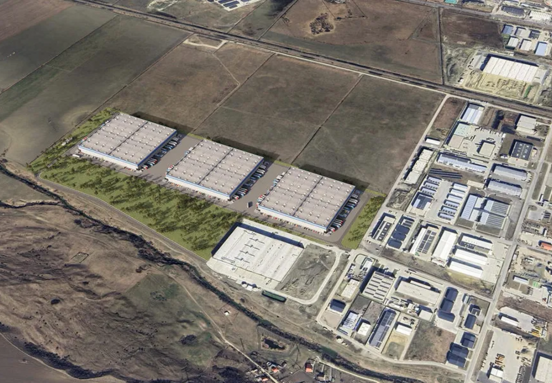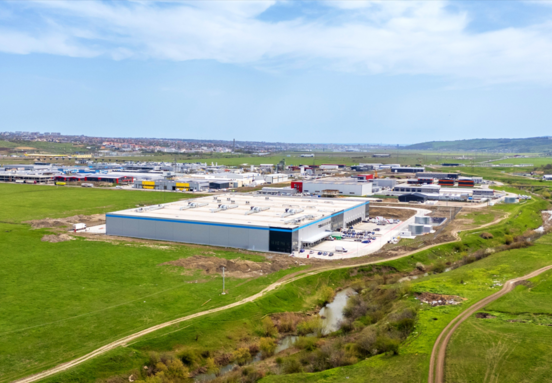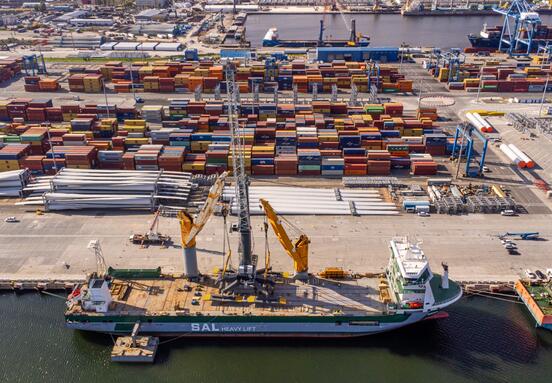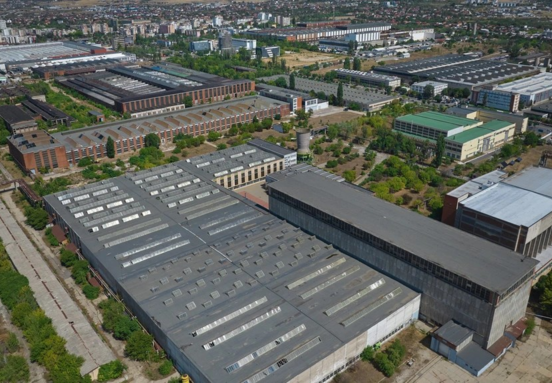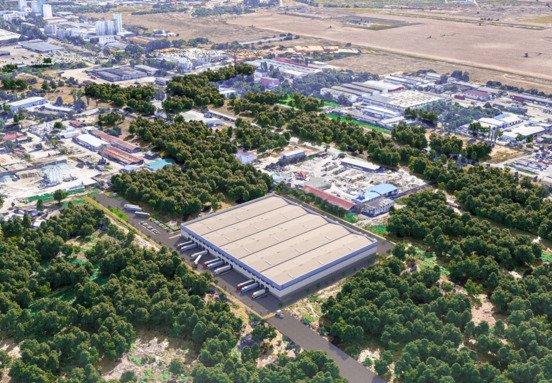The Ministry of Transports released yesterday at the Parliament Palace the first drafts of the master plan for transports (the general draft for investments in the field), during Infrastructure Business Summit, an event organized under the aegis of the National Union of County Councils of Romania.
The draft shows the motorways system planned by Ponta Government till 2022. Among the investments there are projects that have never been brought into discussion by now, such as the motorways in the perimeter Gilau-Bistrita-Dej-Targu Mures. All the plans include the motorway connecting Bucharest to Alexandria.
Prime Minister Victor Ponta on Tuesday declared that the motorway strategy and the funds allocated to it aim at creating an infrastructure to directly connect Romania’s historical provinces by 2018.
‘Very soon (…), by 2018, I think, we have the duty – we who lead and will continue to lead this country’s destiny – of analysing Romania’s accomplishments over the last 100 years. Do we have now a road and railway infrastructure effectively connecting the historical provinces? We definitely don’t have it; thus, as shown in the presentation of the motorway strategy, the very scarce European funds allocated and the public funds from the national budget aim precisely at that, at the idea that in 2018 all the historical regions of Romania must have a communication, a direct communication with the other regions,’ Ponta said. He declared himself ‘absolutely convinced’ that given the strategies presented at the event, the contracts already signed, the budget allocations, and the European funds, in 2018 Romania’s infrastructure will be ‘considerably improved.’
Minister of Transports Dan Sova had said in March that the General Transports Master Plan would be concluded by April 15, in its necessary form to approve the European funds. Sova said the document should have been concluded till the end of 2013, and as this deadline has not been met, a consultancy contract signed by the Ministry of Transports and the World Bank had to be prolonged, during a support project for the implementation of a general strategy in the transport and infrastructure sector.
The National company of Motorways and National Roads (CNADNR) will sign the contracts for the third and fourth stretches of the motorway Sebes-Turda, after the Court of Appeal rejected the complaints, and awaits the court rule for the other two stretches. CNADNR selected Romanian, Italian and Austrian constructors in December to build Sebes-Turda motorway, over 70 km, and the price per km is EUR 6 million.
According to data released yesterday by the minister of Transports, the level of EU funds absorption through the transport infrastructure programme (POS-T) was EUR 923 million last year, out of which CNADNR drew EUR 559 million, the Romanian Railways Company (CFR) drew EUR 299 million (65 million of which went to Metrorex), and the rest of EUR 64 million were directed towards the naval segment. “There was no fund absorption in the air transport segment,” said the Minister of Transports.
The European Commission recently warned through Shirin Wheeler, spokesperson for Johannes Hahn, European Commissioner for Regional Policy, that they will not approve the operational transports programmes, unless the Romanian Government makes clear relevant progress in their process to create the transports master plan, according to HotNews.ro. The master plan is a general investments plan in the transports infrastructure that indicates Romania’s priorities in accordance with the European funding lines. (source: nineoclcock.ro)
